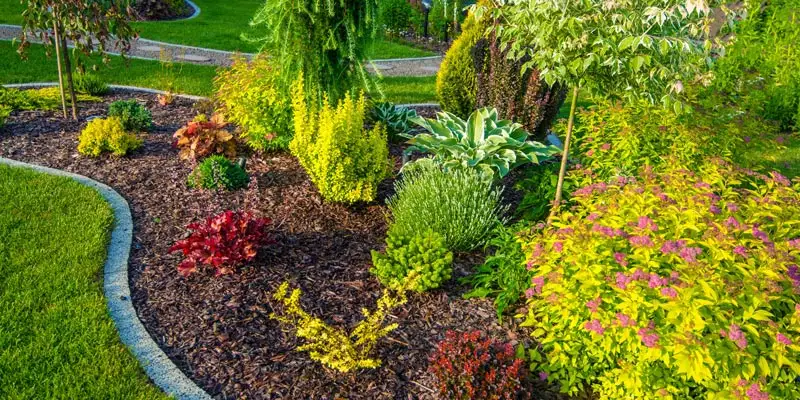Landscape Design Fundamentals Explained
Table of ContentsThe Best Strategy To Use For Landscape DesignAll about Landscape DesignThe 3-Minute Rule for Landscape DesignThe Single Strategy To Use For Landscape Design
When developing a residential landscape, the most vital action is to place a plan on paper. Developing a plan of attack will certainly save you money and time and is most likely to lead to an effective design. Landscape Design. A master strategy is created via the 'design process': a step-by-step approach that takes into consideration the environmental problems, your needs, and the aspects and concepts of designThe five actions of the design procedure consist of: 1) carrying out a website inventory and evaluation, 2) identifying your requirements, 3) developing practical layouts, 4) establishing conceptual style plans, and 5) attracting a final style plan. The first 3 actions establish the visual, functional, and horticultural demands for the style. The last two actions after that apply those requirements to the production of the final landscape strategy.
This is an important step for both plant option and positioning and finding family tasks and features. It is necessary because the very same environment problems that affect the plantstemperature, moisture, rain, wind, and sunlightalso affect you, the individual. The following action is to make a listing of your demands and desiresthis assists you establish how your backyard and landscape will certainly be utilized.
The practical diagram is after that made use of to locate the task rooms on the website and from this diagram a theoretical plan is developed - Landscape Design. The last action is a final style that consists of all the hardscape and planting information that are needed for installation. Throughout the design process there are 10 important things to think about: for plant option and task location by considering what you want and require to assist identify shapes and organize spaces by marking task areas and relating to components for both the setting and the user by utilizing massing and layering strategies such as shift areas and centerpieces in the products, the shades, and the surface appearances for the growth and upkeep of plants by using lasting design practices A comprehensive stock and analysis of the website is necessary to establish the ecological problems for plant growth and the most effective use of the site
10 Simple Techniques For Landscape Design
It is constantly best to utilize plants that will certainly prosper in the existing dirt. Where plants grow well, keep in mind the soil conditions and utilize plants with similar growing requirements.

Sun/shade patterns, the quantity and size of exposure to sun or color (Figure 1), produce microclimates (often called microhabitats). Recording site conditions and existing greenery on a base map will certainly disclose the location of microclimates in the backyard. Plants usually fall under 1 or 2 of four microclimate categories-full sunlight, partial color, shade, and deep shade.
Utilities such as power lines, septic tanks, underground energies and roof overhangs establish plant place. Utilize a property surveyor's plat of your property for the boundaries and location of your home.
The 9-Minute Rule for Landscape Design
Spending plan issues consist of the materials, first setup costs and the on-going maintenance expenses. Determine the moment and money you agree to put right into preserving the plants and hardscape-be reasonable regarding your intentions and capacity. Number 3. Current usage areas. Debt: Gail Hansen, UF/IFAS Number 4. Recommended use locations. Credit moved here Report: Gail Hansen, UF/IFAS There are various landscape design styles- from easy to facility, however it is valuable to pick one to direct your plant and material option.

Make a decision if you intend to open your backyard, close your lawn, or a little of both, to these views. To put it simply, do you desire the garden to confine the area around you and connect primarily to your home, or do you desire the yard to open views and look outside, connecting to the environments? This will certainly give you a starting factor to think of a theme.
A Biased View of Landscape Design

This is called "sense of location", which implies it fits with the surroundings. There are both kind themes and style themes. Every garden needs to have a type theme, but not all gardens have a style motif. Several household yards have no particular design other than to blend with the home by duplicating details from the architecture such as products, shade, and site link form.
In a form motif the organization and shape of the areas in the yard is based either on the form of the home, the form of the locations in between your house and the building borders, or a favored shape of the house owner. The kind theme identifies the form and company (the layout) of the spaces and the links in between them.
